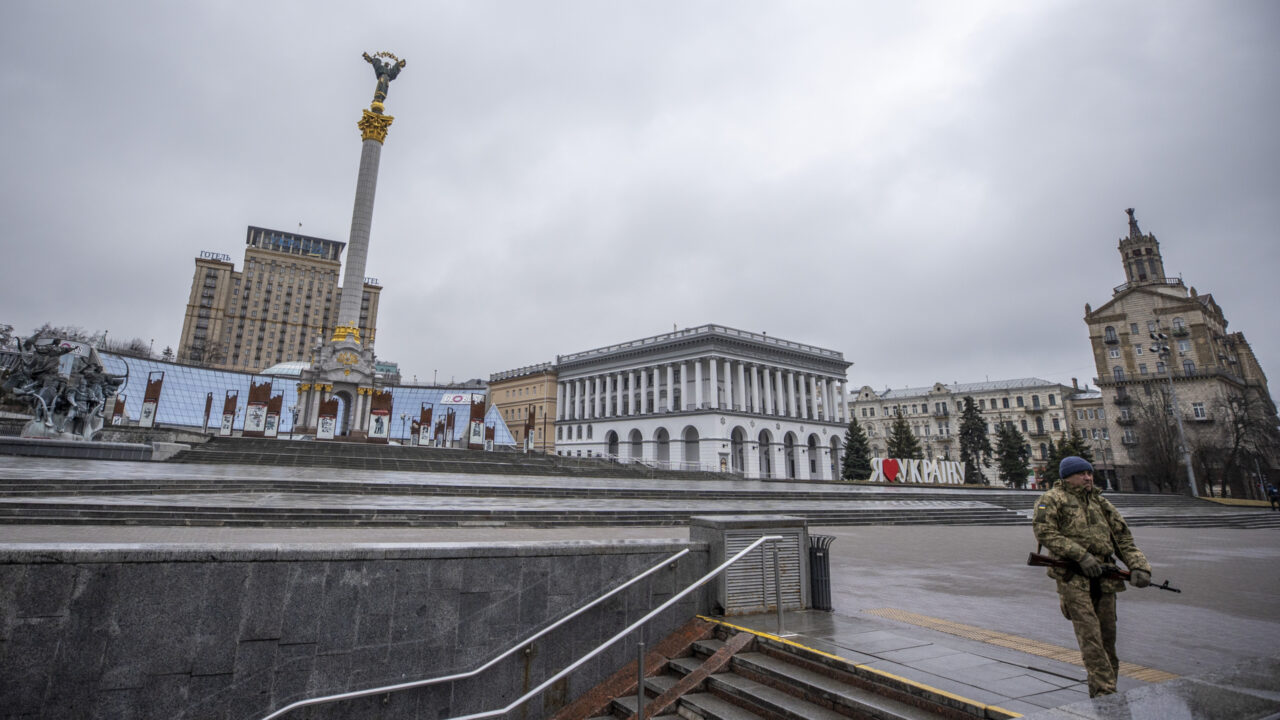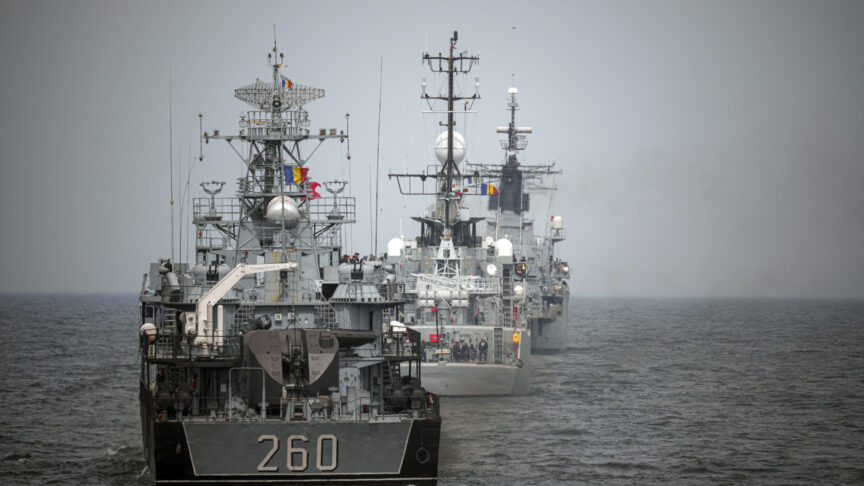Decisive days: How the West can help Ukraine survive
The coming days may determine whether Ukraine can preserve large parts of its army as a functional fighting force. In this crucial period, every shred of military support will count
On 24 February, Russia launched an unprovoked war of aggression against neighbouring Ukraine. What President Vladimir Putin described as “special military operation” to “demilitarise” and “de-Nazify” the country is, in fact, an all-out offensive aimed at occupying the whole country and exterminating its political, cultural, intellectual, and journalistic elites. Ukrainians are fighting for their survival as a nation with their backs to the wall. They know what is at stake, having seen Russia establish puppet regimes in Donbas that now compete with North Korea for last place in reports by Freedom House. If Russia was to succeed, this fate would await all Ukrainians.
Still, Russia is far from reaching that point. This is partly due to its own mistakes: wishful thinking led Moscow to underestimate Ukrainian resistance and to try to quickly take key cities without building up the forces and firepower required to do so. That effort has led to disastrous losses. Meanwhile, many Russian troops were not properly informed about their assigned task, leaving them surprised to run into a fully fledged war. The deception undermined their morale and their confidence in the military leadership. It is hard to see how confidence, a hard-earned currency, can be restored quickly.
The Ukrainian armed forces have proven to be not just highly motivated and better led but also more adaptable, as seen in their capacity to counter a numerically superior enemy with creative tactics. The fact that, a week and a half after the war began, Ukraine can still conduct airstrikes, sustain its air defences, and operate relatively large, medium-range weapons is testimony to this.
If Ukrainian forces continue to attrit the Russian military at the current rate, Putin will have to start looking for a viable exit strategy
In the north and north-east, Ukrainian forces stalled Russian advances for a week. However, since 5 March, elements of the Russian 1st Guards Tank Army turned west to push towards Kyiv from the east. What initially looked to be isolated reconnaissance groups grew into a full advance. The coming days will show whether Ukrainian forces can launch an effective counterattack against Russian armour that seems to be in an exposed position.
In the south, Russia initially made considerable progress only to be halted by Ukrainian counterattacks close to Zaporizhzhia and Mykolayiv. These counterattacks have prevented Russian forces from pushing north. Yet it is hard to guess the state of Ukraine’s mobile reserves, which have been locked in intense combat in the last three days. Ukraine could create more reserves by withdrawing to the Dnieper, shortening the defensive line, and freeing reserves to throw against the Russian bridgehead on the river’s western bank at Khershon. So far, Kyiv has been unwilling to call for large withdrawals. This is primarily because of its past experiences of political settlements based on military front lines. But it is also because this would mean leaving Ukrainian citizens at the mercy of an enemy who behaves in an increasingly brutal and repressive fashion. Here, Ukraine’s political and military interests are fundamentally at odds with each other.
Nonetheless, even if Kyiv orders such a withdrawal, the Ukrainian military has held out much longer than most observers thought possible. The Russian armed forces have switched gears to try to break Ukrainian resistance with more firepower and larger assaults, attempting to demoralise the local population of besieged or otherwise embattled cities with indiscriminate artillery shelling and aerial attacks. So far, they have only had marginal success in this. Yet the war is far from over.
As most of Putin’s forces positioned close to Ukraine in early February have now engaged in combat, further escalation may require hard decisions in Moscow. Until now, Russia has relied on battalion tactical groups staffed by contract and professional soldiers. There are few of them left to deploy. Symbolic deployments of fighters such as those from the Wagner Group will not generate the forces necessary to achieve Putin’s war aims. Of course, Russia could deploy many more formations if it was to commit conscripts to battle. However, that would be to admit there is a war happening – and to arguably make it harder to hide this from the Russian public. If Ukrainian forces continue to attrit the Russian military at the current rate, Putin will have to start looking for a viable exit strategy.
The West has every interest in helping Ukraine prevail. If Russia was to succeed in Ukraine, it would not only erect a brutal, repressive regime and establish a huge military presence there. It would also fight an insurgency that Putin would, as with everything, blame on the West. He would then use the threat of military force – an area in which Russia has an advantage over Europe – to compel Europeans not to “interfere in Russia’s domestic affairs”. While a lot of commentators speak of a “new cold war”, they need to understand that this would not be like the relatively predictable stand-off in the years leading up to the fall of the Soviet Union. It would be an unstable one, with Putin – like Stalin in the late 1940s – trying to secure his territorial gains through extreme violence.
The coming days may determine whether Ukraine can preserve large parts of its army as a functional fighting force. In this crucial period, every shred of military support will count – and will need to arrive fast. As well as continuing to supply man-portable air defences and anti-tank weapons, the West should provide the Ukrainian armed forces with heavy equipment, particularly air-defence missiles (Buk-M1s and S-300s), fighter aircraft, artillery, armoured vehicles of all kinds, and ammunition. Eastern European NATO and EU members would sometimes need to empty their own storages or deplete their own forces to do this. They are the only states that operate or store Soviet-era equipment that the Ukrainian armed forces can use without extra training. Given that these countries also feel threatened by Russia, it would be essential to deploy more of NATO’s response force to ease their concerns.
With the Ukrainian army holding out longer and better than many Western observers anticipated, the West also needs to rethink some of the assumptions about the weapon systems it supplies to Ukraine. The delivery of systems that take months to train on and deploy was seen as unviable for a war that might only last a few weeks. But this war will last longer. And Ukraine still has a chance to force Moscow into a peace of attrition. For the sake of Europe’s security, Europeans should spare no effort to achieve that goal.
The European Council on Foreign Relations does not take collective positions. ECFR publications only represent the views of their individual authors.



